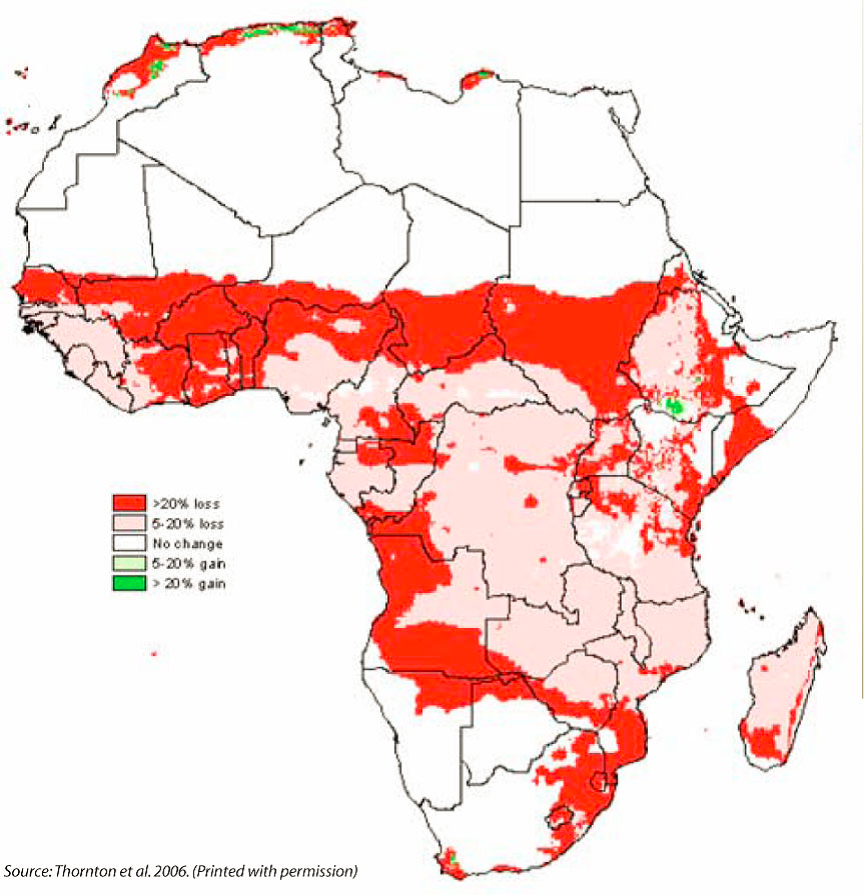I got involved in the corporate sustainability space through civil conflict. In Vietnam, actually, while investigating innovations in water infrastructure service delivery sparked by a community fight over access to water in Haiphong. That escalated into a major conflict that left two water workers dead before the People’s Committee came to its senses and considered a new way to approach fair water access. That was two decades ago. Yet that question of water and conflict continues to erupt and spill over from small-town skirmishes to all-out wars. Noted journalist Tom Friedman has written about it in an April 2012 column, The Other Arab Spring, and a May 7, 2013, column, Postcard from Yemen. And I’m hearing rumblings from my Notre Dame colleagues who suggest a rear-view mirror look at Darfur reveals that the conflict that forced people off their land was less about sectarian strife and more about lack of access to water. My colleague Peter Annin has written a book with the provocative title of “Water Wars.”
When I think about water conflict, though, I ask myself if we know more now than we did about the relative vulnerability to water risk. It turns out that we do know a lot more. For instance, examining countries on a short fuse in water-stressed regions of the world through the ND-GAIN index, it’s apparent that the Sahel and the Horn of Africa both show significant water vulnerability. Indicating that are such barometers as the projected change in precipitation and percent of population with access to improved water supply. Their vulnerability could possibly be having an impact on other susceptibilities, such as food and health and wellness.
It is plausible that climate change is causing internal and cross-boundary migration that is affecting security around the world. At the recent New York Climate Week, Brigadier General Steven Cheney, CEO of the American Security Project, noted that 70 percent of global militaries consider climate change a threat to security. He identified regions such as S. Asia Bangladesh, India and Pakistan, Mali and the Middle East as “tinder boxes” for various reasons that concern flooding and drought, which are triggering competition for resources.
The U.S. military is taking a close look at this. A 2011 Defense Department Report, “Trends and Implications of Climate Change for National and International Security,” firmly recommends to “institute water security as a core element of DOD strategy” since “the availability of water underlies all other elements of human security.”
Percent changes in length of growing period changes to 2050.
So what specifically do you analyze and consider to determine if a war or significant conflict is caused by climate change? One approach involves looking at countries that are less vulnerable, or that have become less vulnerable over time, than their neighbors or peers and measure the degree of conflict in them. In Africa, according to ND-GAIN, countries like Tanzania and Zambia have become less vulnerable over time.
The upshot? Investing in adaptation could be one way to mitigate civil conflict.
Post Script October 23. 2013. Thanks to Josh Foster - a wiki of all things climate adaptation - for sharing the following with me from Science:
QUANTIFYING THE INFLUENCE OF CLIMATE ON HUMAN CONFLICT
A rapidly growing body of research examines whether human conflict can be affected by climatic changes. Drawing from archaeology, criminology, economics, geography, history, political science, and psychology, we assemble and analyze the 60 most rigorous quantitative studies and document, for the first time, a striking convergence of results. We find strong causal evidence linking climatic events to human conflict across a range of spatial and temporal scales and across all major regions of the world. The magnitude of climate’s influence is substantial: for each one standard deviation (1σ) change in climate toward warmer temperatures or more extreme rainfall, median estimates indicate that the frequency of interpersonal violence rises 4% and the frequency of intergroup conflict rises 14%. Because locations throughout the inhabited world are expected to warm 2σ to 4σ by 2050, amplified rates of human conflict could represent a large and critical impact of anthropogenic climate change.
Science 13 September 2013: Vol. 341 no. 6151 1235367

